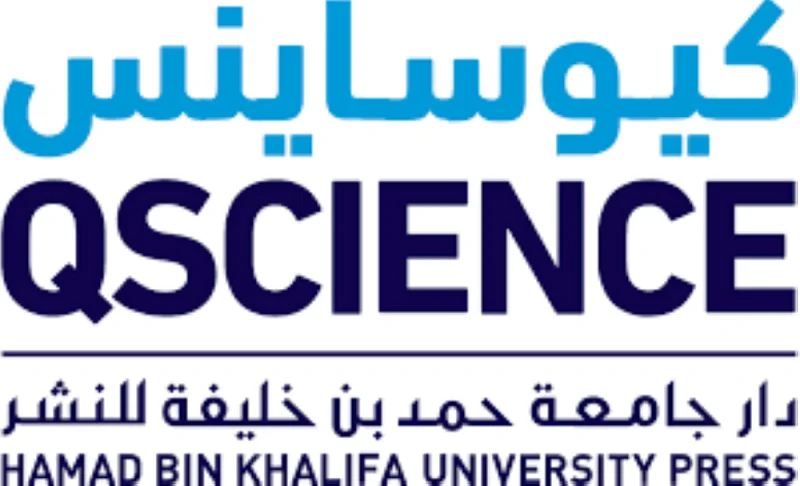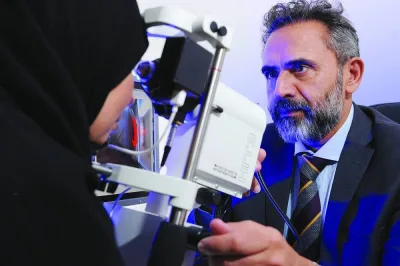A Qatar-based researcher has highlighted two effective treatment options for diabetic kidney disease (DKD), noting that they are able to provide better long term outcomes.
Mohamad M Alkadi at the Division of Nephrology, Department of Medicine, Hamad General Hospital, as well as Transplant Nephrology Fellow at Weill Cornell Medicine New York in an article in Qatar Medical Journal and featured on Qscience.com, describes sodium-glucose transport protein 2 inhibitors (SGLT2i) along with nonsteroidal MRA as effective treatment options for DKD patients.
Alkadi highlights that given the overwhelming evidence of their renal and cardiac efficacy and safety, both SGLT2i and nonsteroidal MRA are now part of the Kidney Disease Improving Global Outcomes and the American Diabetes Association guidelines.
“These guidelines recommend using SGLT2i as a first-line therapy in DKD patients with estimated glomerular filtration rate ( eGFR) ≥ 20 mL/min/1.73 m2 with or without albuminuria. They also recommend using nonsteroidal MRA called Finerenone in DKD patients with eGFR ≥ 25 mL/min/1.73 m2 and moderately to severely increased albuminuria. Thus, in the current era physicians have more treatment options to manage DKD patients leading to better long-term renal and cardiac outcomes,” he explains.
Pointing out that both these treatment options have emerged recently Dr Alkadi says “From 2016 onwards, numerous studies showed that a new class of antidiabetic medications, SGLT2i, exhibits a synergistic effect in terms of renal and cardiac outcomes in DKD patients. In late 2020, a new nonsteroidal, selective mineralocorticoid receptor antagonist MRA, Finerenone was shown to improve renal and cardiac outcomes in DKD patients synergistically.”
According to the researcher, since early 1990s, angiotensin-converting enzyme inhibitors and angiotensin II receptor blockers have been the mainstay of treatment for DKD patients, given their proven renoprotective, cardioprotective, and antiproteinuric effects. However, physicians did not have much to offer patients once they maximised the doses of these medications other than controlling their blood pressure and blood sugar and applying lifestyle modifications.
“In 2019, Canagliflozin became the first SGLT2i to receive the US Food and Drug Administration approval for treating DKD patients. In 2020, a landmark study in managing CKD patients, was published. It was the first study to assess the efficacy and safety of the SGLT2i, Dapagliflozin, in adult CKD patients with eGFR as low as 25 mL/minute/1.73 m2, with or without type 2 diabetes mellitus,” he notes.
The use of Dapagliflozin resulted in a significant relative risk reduction (39%) of a composite primary outcome of decline in eGFR ≥ 50%, end-stage kidney disease, and death from renal or cardiovascular causes in both diabetic and non-diabetic patients.
In late 2020, Finerenone was shown to improve renal and cardiac outcomes in DKD patients.The FIDELIO-DKD study included adult DKD patients with an eGFR as low as 25 ml per minute per 1.73 m2 and moderately to severely increased albuminuria.
According to him, the use of Finerenone in DKD patients resulted in a significant risk reduction rate (18%) of a primary composite outcome of kidney failure, a sustained decrease in eGFR of ≥40% from baseline, or death from renal causes. It also resulted in a significant risk reduction rate (14%) for a secondary composite outcome of death from cardiovascular causes, non-fatal myocardial infarction, non-fatal stroke, or hospitalisation for heart failure.




